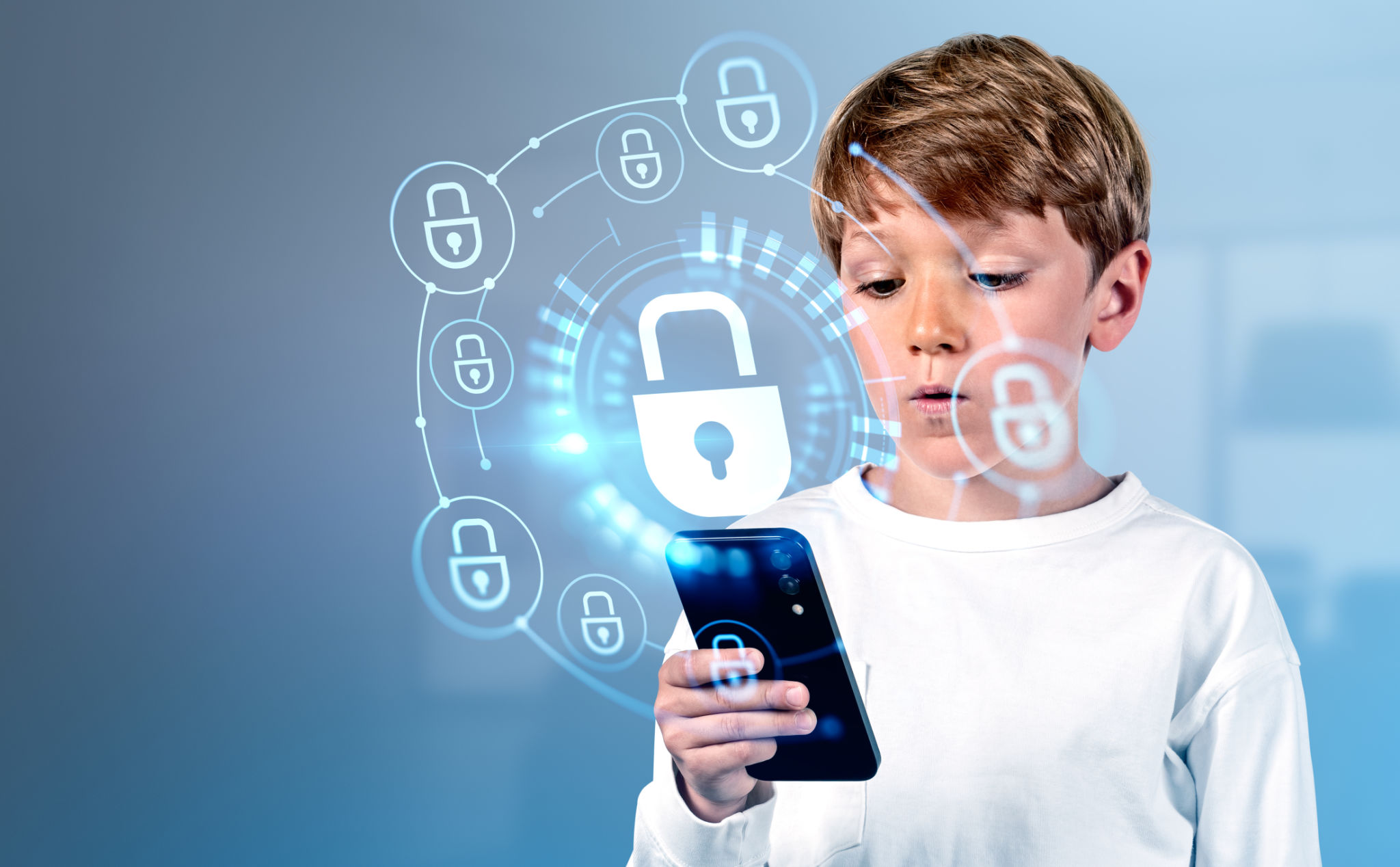Creating a Safe Online Environment for Kids: Essential Steps
Understanding the Importance of Online Safety for Kids
In this digital age, children are introduced to the internet at a young age. While the internet offers a plethora of educational resources and entertainment options, it also presents risks that can compromise children's safety. As parents and guardians, it's crucial to create a secure online environment for kids to explore and learn without falling prey to potential dangers.
Children may not fully understand the risks associated with online activities, such as interacting with strangers or sharing personal information. Therefore, it is essential to educate them about safe online practices and establish guidelines to protect their digital presence.

Setting Up Parental Controls
Utilizing Built-In Features
Most devices and web browsers come equipped with built-in parental controls that allow you to filter content, monitor usage, and set time limits. These tools can be customized to suit the age and maturity level of your child, ensuring they only access age-appropriate content.
Installing Third-Party Software
In addition to built-in features, consider installing third-party parental control software. These programs often offer more comprehensive monitoring options and allow parents to receive alerts about potential security threats or inappropriate content.

Educating Kids About Online Etiquette
Teaching kids about appropriate online behavior is just as important as setting technical safeguards. Encourage open discussions about what they may encounter online and emphasize the importance of treating others with respect. Children should understand that the rules of good conduct apply both offline and online.
It's also important to highlight the concept of a digital footprint. Explain to children that everything they post or share online leaves a trail that can be traced back to them, potentially affecting their future opportunities and reputation. Encourage them to think before posting.

Encouraging Open Communication
An open line of communication between parents and children is vital for maintaining online safety. Encourage your kids to speak up if they encounter something uncomfortable or suspicious online. Assure them that they won't face judgment or punishment for coming forward with their concerns.
Regularly check in with your children about their online experiences. Ask them what they enjoy doing online, who they interact with, and if they've encountered any issues. This ongoing dialogue will help you stay informed about your child's digital activities and reinforce the notion that you're there to support them.

Teaching Critical Thinking Skills
Equip children with critical thinking skills to assess the credibility of information they encounter online. Educate them on identifying trustworthy websites and recognizing misleading or false information. By developing these skills, children can navigate the internet more safely and make informed decisions.
Avoiding scams is another critical aspect of online safety. Teach kids how to spot phishing attempts and fraudulent schemes that seek to exploit personal information. Encourage them to consult an adult if they receive suspicious messages or requests.
Conclusion: A Collaborative Effort
Creating a safe online environment for kids is a continuous effort that requires vigilance, education, and communication. By setting appropriate boundaries and empowering children with knowledge, parents can help foster a secure digital experience. Remember, the goal is not only to protect but also to guide children in becoming responsible digital citizens.
